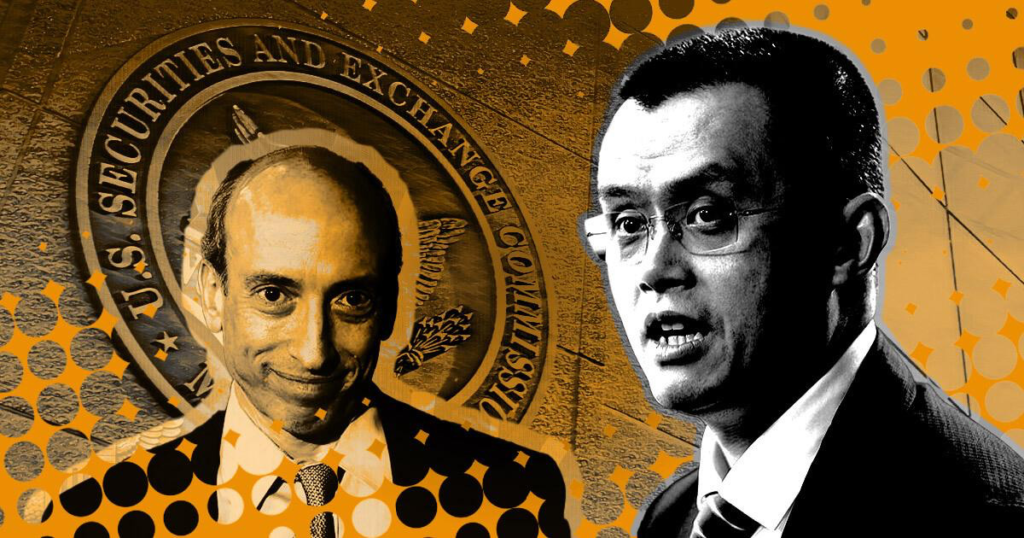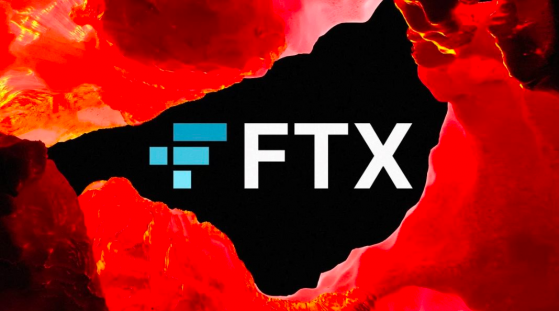What is the term Crypto? What is the potential of Crypto? This article helps readers, especially newcomers, understand Crypto in the simplest way.

What is Crypto?
Crypto (Cryptocurrency) is a type of digital currency issued by a project on a blockchain. Crypto uses cryptography to secure and verify transactions.
Crypto can have many different functions, such as being used as a store of value, for payments & transactions, or having other applications such as rewards for miners or participating in project activities.

Crypto Classifications in the Market
Crypto is divided into many categories and has many different names such as altcoins, meme coins, large-cap coins, mid-cap coins, low-cap coins, stablecoins, shitcoins, and more.
Within the scope of this article, we will address two main types:
- Coins: Coins are a type of currency issued and developed on a separate blockchain and operate independently.
- Tokens: Tokens are a type of currency issued on a blockchain, but they do not have their own blockchain; instead, they are issued on another blockchain.

Each type of asset is issued with different purposes. Therefore, users need to master the basic knowledge about them to be able to understand the tokenomics design of the project and participate in investment.
Read more: How to distinguish between types of Coins and Tokens.
Is Crypto Safe?
The crypto market is inherently a free market, not tightly controlled by the government, so there are many bad actors in the market.
But conversely, this is a place where many creative ideas exist, attracting capital flow and creating many opportunities.

User Risk
A key difference between crypto and traditional finance is the inability to reverse or cancel a transaction once it has been made. This means that losing your passphrase and private key or sending funds to the wrong address could lead to the loss of your assets.
Regulatory Risk
Cryptocurrency regulations are still unclear, with some governments trying to regulate them as securities, currencies, or both. Sudden regulatory scrutiny could make it difficult to trade cryptocurrencies or cause a market-wide drop in prices.

Management Risk
The lack of regulatory clarity has created an environment that lacks protection against fraudulent or unethical behavior. Many investors have experienced significant losses due to management teams not fulfilling their commitments.
Read more: Magic Eden and the Balloonsville rug pull
Third-Party Risk
Many investors must rely on exchanges or other custodians to hold their assets. Theft or loss from a third party could lead to a total loss of assets.
Read more: The rise and fall of FTX – The “$32 billion scheme” that “vanished”

Programming Risk
Many platforms use smart contracts to control the transfer of user deposits. Investors must accept the risk that glitches or system vulnerabilities could lead to losses.
Read more: Bug discovered, Mina upgrades network in 24 hours
Market Manipulation Risk
Market manipulation remains a major problem in cryptocurrencies, as individuals, organizations, and exchanges can engage in price manipulation.
Despite these risks, cryptocurrencies have recorded a surge in value, with the total market capitalization exceeding $1 trillion.
Advantages and Disadvantages of Crypto
Crypto is seen as revolutionizing the financial market. And obviously, there are trade-offs.
At the present stage, there are many differences between the ideal of a decentralized economy and the reality of implementing it.
Advantages of Crypto
- Easy, fast, and unlimited transactions globally: Crypto allows users anywhere to easily transfer money directly, eliminating reliance on third parties.
- Security and safety: Developed on blockchain technology, crypto is guaranteed anonymity and a high level of information security through cryptography.
- Decentralized, immutable, and transparent: The entire system operates completely transparently and decentrally, sharing data available to all users participating in the network.

Disadvantages
- Mass adoption: For crypto to thrive, it needs to be widely accepted. However, crypto has not yet achieved this because blockchain technology is too complex and still has many limitations such as high fees and high latency.
- High risk: As mentioned above, there are many risks that users must be aware of when participating in the crypto market.
- Another barrier is that only a small portion of cryptos in the market retain the intrinsic value of the project. In addition, many projects only exist for a certain period, springing up according to market cycles and also disappearing when the market enters a downturn.
Buying and Selling Crypto
Buying and selling crypto
Users can buy and sell cryptocurrencies on exchanges. In crypto, there are two main types of exchanges:
- Centralized exchanges (CEX): Binance, Huobi, Coinbase, OKX, Bybit… These are exchanges controlled by companies. To trade on CEXs, users need to trade P2P or transfer assets to the exchange.
- Decentralized exchanges (DEX): Uniswap, Pancakeswap, dYdX, Curve… To trade on these exchanges, users need to use a decentralized wallet (non-custodial wallet); the exchange will not hold your assets after the transaction.
Read more: 3 Steps to buy and sell coins for newbies.

Storing Crypto
To store crypto assets, users need to use a crypto wallet. Crypto wallets are highly secure thanks to the use of cryptography to encrypt information and not identify the owner of the wallet.
There are many types of crypto wallets:
- Centralized Wallet
- Decentralized Wallet: Hot wallet, cold wallet
Read more: Zen Card – A storage solution combining hot and cold wallets

Things to Know When Participating in Crypto
Information Channels
Just like any other profession, the amount of knowledge in crypto is “huge.” Users need to follow and refer to knowledge from large and reputable websites to be able to update information daily, suitable for their purpose in the market.
- Social networks with the fastest updates: Twitter, Telegram…
- Websites with fast information updates: CoinDesk, CoinGecko, CoinMarketCap…
- Websites for in-depth research: Binance Research, Messari…
- Websites that provide DeFi data: DeFiLlama, DeFi Pulse, Dune Analytics…
Read more: 19 most reputable Crypto websites for investors

Portfolio Management
To invest in the crypto market, users can start with very low capital, from 50 USD to millions of USD. There have been many investors who entered the market with zero capital, then built up significant assets by participating professionally.
However, each capital situation will have a different investment method and capital allocation. This greatly affects the final outcome of the investor. Therefore, users need to understand the mistakes to avoid when investing in crypto and learn how to manage their portfolio to improve capital efficiency.
Read more: 03 steps to design an effective Crypto portfolio
Asset Security
In crypto, there are countless forms of scams, some of the most common forms are mentioned as:
- Giving away free tokens/coins then asking to sign a wallet to transfer money in the wallet.
- DNS hacking, users are invisibly redirected to a scam page because the server is hacked.
- Fake email (Phishing attack).
- Fake project team, infiltrating general chat groups, support chat groups.

Making money in the market is difficult, but keeping money is no easier. Therefore, users need to be extremely careful with their assets.
Reference: 19 forms of crypto scams & how to avoid them
Ways to Make Money in the Crypto Market
There are many different ways to make money in the crypto market. Here are some popular forms:
- Trading (buying, selling, holding).
- Airdrops and Retroactive rewards.
- Mining.
- Participating in DeFi activities such as staking, farming, lending, and borrowing.

Besides, to make money in the crypto market, users do not necessarily have to participate in the above forms.
The crypto market is similar to many other markets, there are many jobs that can be done such as design, blockchain engineering, market research…
Read more: Cryptocurrency investment roadmap for beginners

